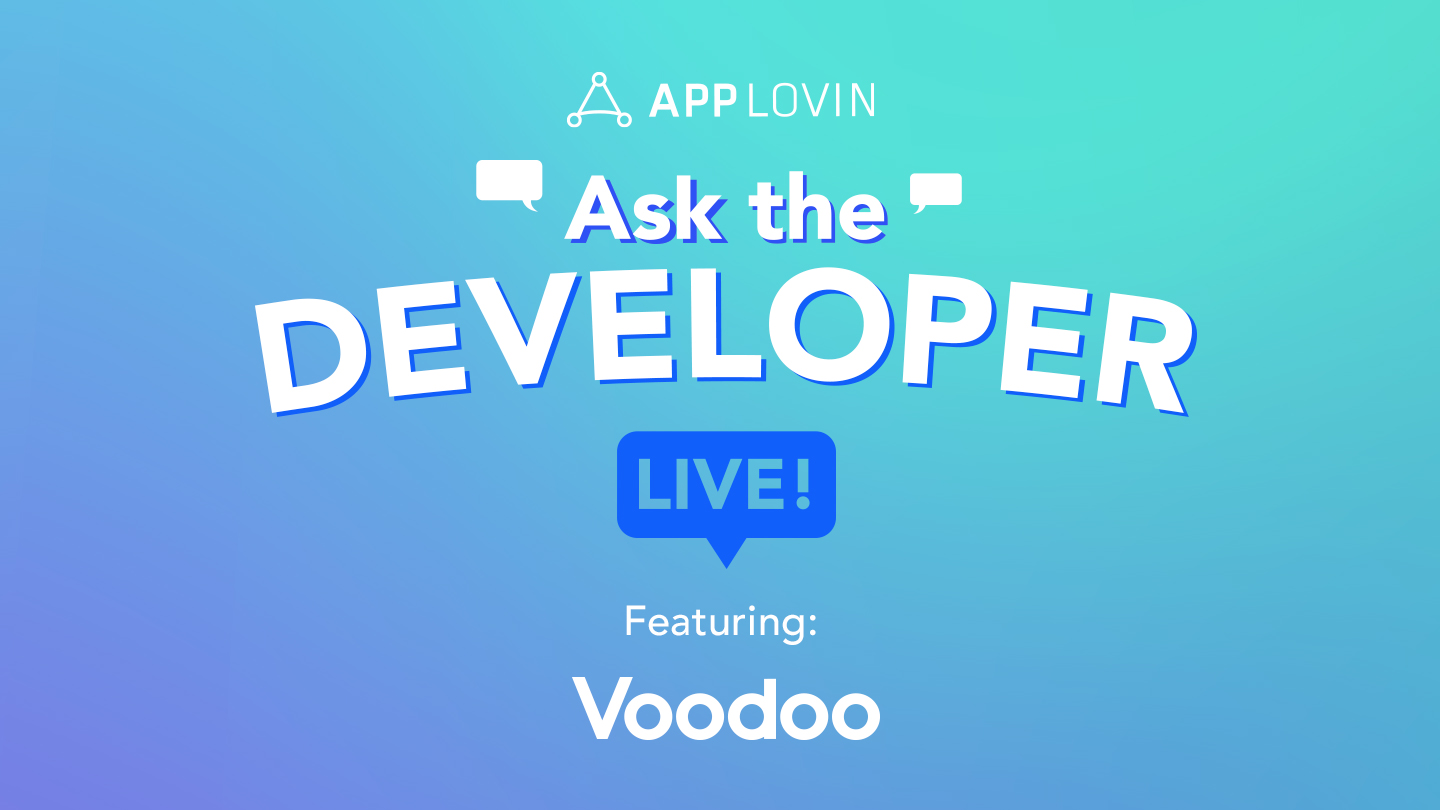Gaming, Monetization, User Acquisition
Voodoo on How Hyper-casual Development Is Evolving
Jun 17, 2020

Gaming, Monetization, User Acquisition

Over the last several years we’ve seen hyper-casual games dominating the top of the charts. In our conversation with Alexander Shea, Senior Manager of Publishing at Voodoo, we were able to look at how hyper-casual success is having a lasting impact on how mobile games are developed and marketed to audiences around the world. The economics of hyper-casual are different from other mobile game genres, and because of this there are key learnings which are now being adopted by more traditionally in-app purchase (IAP) focused studios so the lessons here are widely applicable.
So what is differentiating hyper-casual from other categories today? This genre is different for two main reasons. First, it’s more of a mass market product. Second, you’re targeting a primarily non-gamer audience and trying to convert users that have few or no games on their phone, which means that devs have to approach game development differently. When devs are working with Voodoo they can get their game in front of millions of users, quickly — sometimes they’re able to go from ideation to market in as little as three weeks.
“Every studio we work with has access to Voodoo’s publishing team from the beginning, and they’re involved at an early stage,” said Alexander.
For example, when Voodoo was working on Aquapark.io, the team from Cassette already had the initial idea nailed down, which is critical when developing a hyper-casual game. With their fun theme and unique vision, it was time to determine what type of person would enjoy this, and how to market this game to appeal to those users. These questions remained the guiding force through the team’s iterations on the game, and they learned to lean into what the data was telling them. For example, after six weeks on the market, CPIs were too high on the game and it was time to pivot. By leveraging data, Voodoo was able to determine what players wanted in terms of in-game features, and partner with Cassette to adjust the gameplay accordingly.
When working to engage such a wide audience, it’s important to look for publishers that bring an appetite for success coupled with creativity.
With the hyper-casual market showing year-over-year growth and an increasing number of games saturating the market — you’re looking for ideas that have widespread appeal to hundreds of millions of people worldwide. This correlates to why hyper-casual has been so popular with developers as well — in addition to a lower barrier to entry, these games are highly marketable to the massive portion of the population that has a smartphone.
There has also been a massive shift in how with this new model of mobile game monetization, ad-based revenues are getting more sophisticated to help give studios a competitive edge.
Another place the market is evolving is user acquisition (UA). As UA costs rise and the market continues to become more saturated, Voodoo has shifted to focusing on two main factors when developing games for long term profitability.
“Over the past couple of years, we’ve been trying to balance making sure the player is able to instantly understand the game, and the depth of the game,” said Alexander. “That is, do you understand how the game works, and what is going to challenge you to continue playing the game?”
Larger studios that are traditionally focused on games that rely heavily on IAPs can also learn from hyper-casual game development. The most important piece of advice casual and mid-core game developers can take from hyper-casual is letting data guide the way from the beginning. This happens less in other genres, but because of the fast nature of hyper-casual game development it’s easier to jump into data and allow it to guide your testing throughout the process. While they can learn from this type of development, Alexander mentioned that there are some larger studios attempting to break into hyper-casual, but it’s largely dominated by smaller studios and more intimate development teams.
In addition to data being the driver for development decisions, the type of data hyper-casual game developers are looking at is also evolving. In the past, they were looking at day 1 or day 7 retention in the game, but as the market shifts devs are looking at other in-game markers to determine LTV as well as how much time is spent in the game. Metrics are harder to measure, so early on it’s important to look at things like virality, click-through rates, 3-day LTV, play time, and CPMs on ads to decide which pieces of the game have the most potential.
As the market continues to grow and evolve, it will become increasingly important for developers to continue to adjust their approach.
“We’re trying to add things to these games to make these games better,” said Alexander. “Developers must remember that hyper-casual is very purist.”